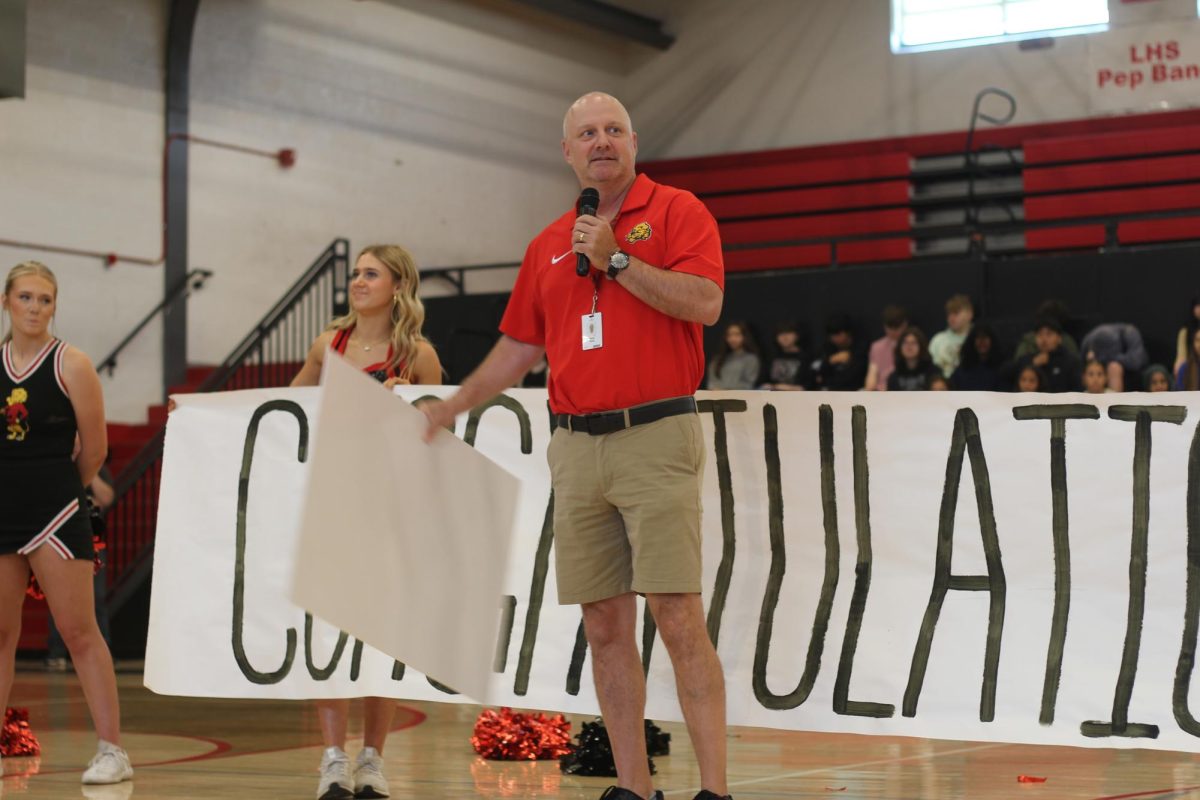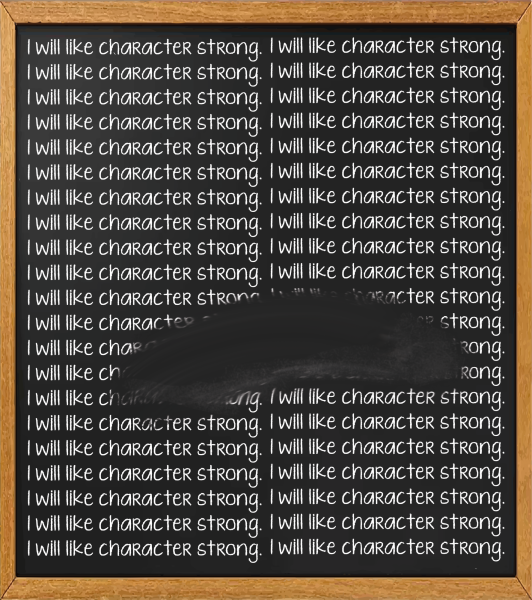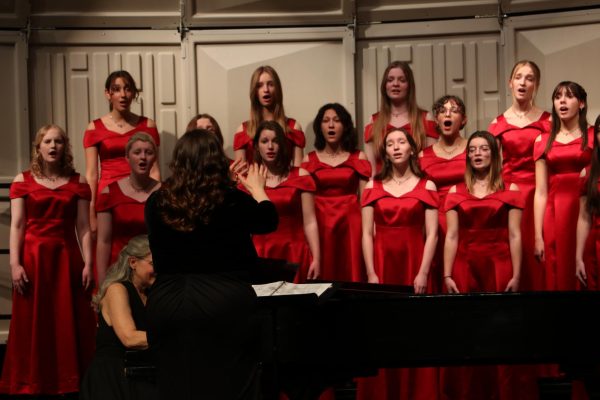March madness is the epitome of sports
It’s time to accept how crucial the NCAA tournament is to our lives
April 5, 2023
March Madness is the epitome of the sports world, and I’m tired of acting like it’s not.
Having watched the 2023 Final Four, and NCAA tournament as a whole, it’s imperative that we as a nation discuss the impact that March Madness has on our lives.
For NCAA basketball fans, the world stands still in the month of March.
There is no other event in the world where you can watch a 16-seeded Fairleigh Dickinson basketball team, who plays home games in what can only be described as a 3A high school gym, knock off 1-seeded Purdue, who plays in an arena that seats tens of thousands, and pull off a statistically impossible upset.
Some would argue the Super Bowl is the most exciting sports championship, or the NBA Finals, seemingly ignoring what college basketball has to offer.
The fact that the NCAA has managed to create a playoff format that includes 68 teams, without spawning dozens of boring matchups, as well as having seamless scheduling, and adequate coverage of every team, is bizarre.
Upsets aren’t uncommon either – for the last 3 years, a 15-seed team has upset a 2-seed, which to happen once is a feat of its own, and 52 twelve seeds have upset their 5-seed opponent in the first round since the tournament expanded in 1985.
And now, Virginia and Purdue fall into their own special category of basketball history, being the only two teams to have choked in their statistically guaranteed game.
Sure, there are the “Blue Bloods” of college basketball, but their dominance isn’t certain. Last year, we saw four blue bloods in the Final Four, just to turn around this year and have four non-blue bloods, who were respectively seeded 9, 5, 5 and 4.
It’s chaos. It’s parity. It’s the beauty of March Madness.
In the big dance, there isn’t a more charming dancer than the Cinderella.
I’d argue that most people have never heard of Florida Gulf Coast University, or thought that an Ivy League school like Princeton would beat perennial tournament team Arizona, and yet this is a regular occurrence in March.
It’s almost expected for at least one team who is seeded higher than 9 to go on an exciting run, the kind of drama that pulls viewers in, and has fans of other teams cheering hopelessly for a school that until that first weekend of March they would never have even cared about. Besides, who doesn’t love a nice fairytale ending?
This all feeds into arguably the best part of the madness – brackets. Nothing tops debating with your own mind about which team could actually win it all, which 12-5 upset to pick, and ultimately trying to complete the impossible task of creating the perfect bracket.
The emotion of watching your team be eliminated can often be softened by leading your bracket group, or at the very least having some semblance of a reason to keep going in life by following the progress of your bracket that has an accuracy of 78%, which is better than your teams’ free throw percentage in the game they lost.
And finally, the timing is perfect. An upbeat, win-or-go-home, massive tournament in the middle of March. Falling after the NFL playoffs, and before the NBA playoffs, it’s exactly what Americans need to carry them through their sports withdrawals after the Super Bowl.
All of this to say, we can’t take March Madness for granted. It’s always exactly what we need, and the emotional investment we put into it, just for the hope of watching our team cut down the nets, isn’t talked about enough after it’s over.
Rethink how much you care about the Super Bowl, or a 7 game series in the middle of November, and start thinking about how insane it is that teams have to be absolutely perfect 6 games in a row to win a title.


























